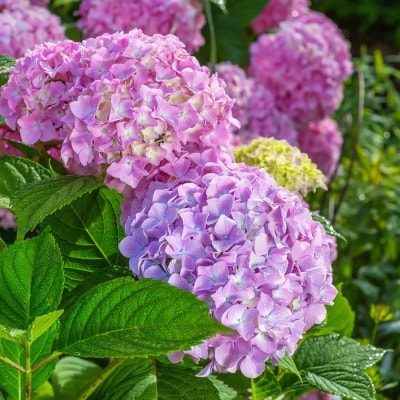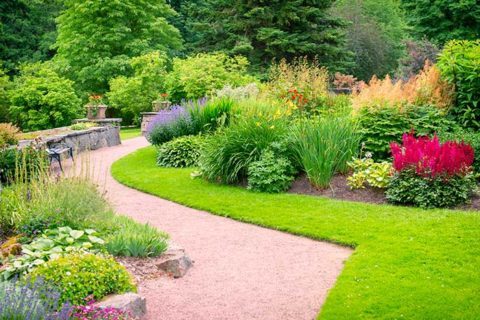CHOOSING SHADE PLANTS FOR YOUR LANDSCAPING DESIGN
Taking care of plants in the shade is both similar to and different from caring for plants in the sun. You must choose plants that are compatible with the level of shade—light shade, partial shade, full shade, and so on. Soil is another important consideration. To learn more about choosing shade plants for your landscape design near White Plains, read on.
Consider Different Color Effects
There is a wide range of colors you can use for shade plants—from bright greens to dark olive greens. Shade plants with light-colored leaves or margins will create an illuminating effect on the shade border. Medium tones will make the shade border neutral, which makes for an easy transition between contrasting colors. Green plants with a hint of blue create an attractive level of depth, which can make your shade plants and garden border appear larger. Darker, olive-colored green foliage provides a striking backdrop for lighter foliage and, in the springtime, blooms.
Color combinations you like should be repeated throughout the border of your shaded garden. This unifies the garden and produces a sense of movement. Selecting plants with different leaf textures and designs—such as a small fern next to a large, round-leaved plant—adds drama to the border of your shaded garden. Small, upright coniferous plants such as dwarf conifers add height and charm to your landscaping.
Specific Landscaping Ideas for the Shade
Any landscaper is likely to recommend hydrangeas and azaleas for shade borders. These shrubs do well in the shade and create a lovely structure to the border. With their arrow-shaped, multifaceted leaves, caladiums are also an excellent choice for a shade border. They can be planted together or paired with other shade-loving plants. Hosta is another fantastic shade plant; it can be found in colors ranging from light green and deep blue to white and gold. Flowering tobacco—known as Nicotiana—does well in the shade and ranges greatly in size and color.



